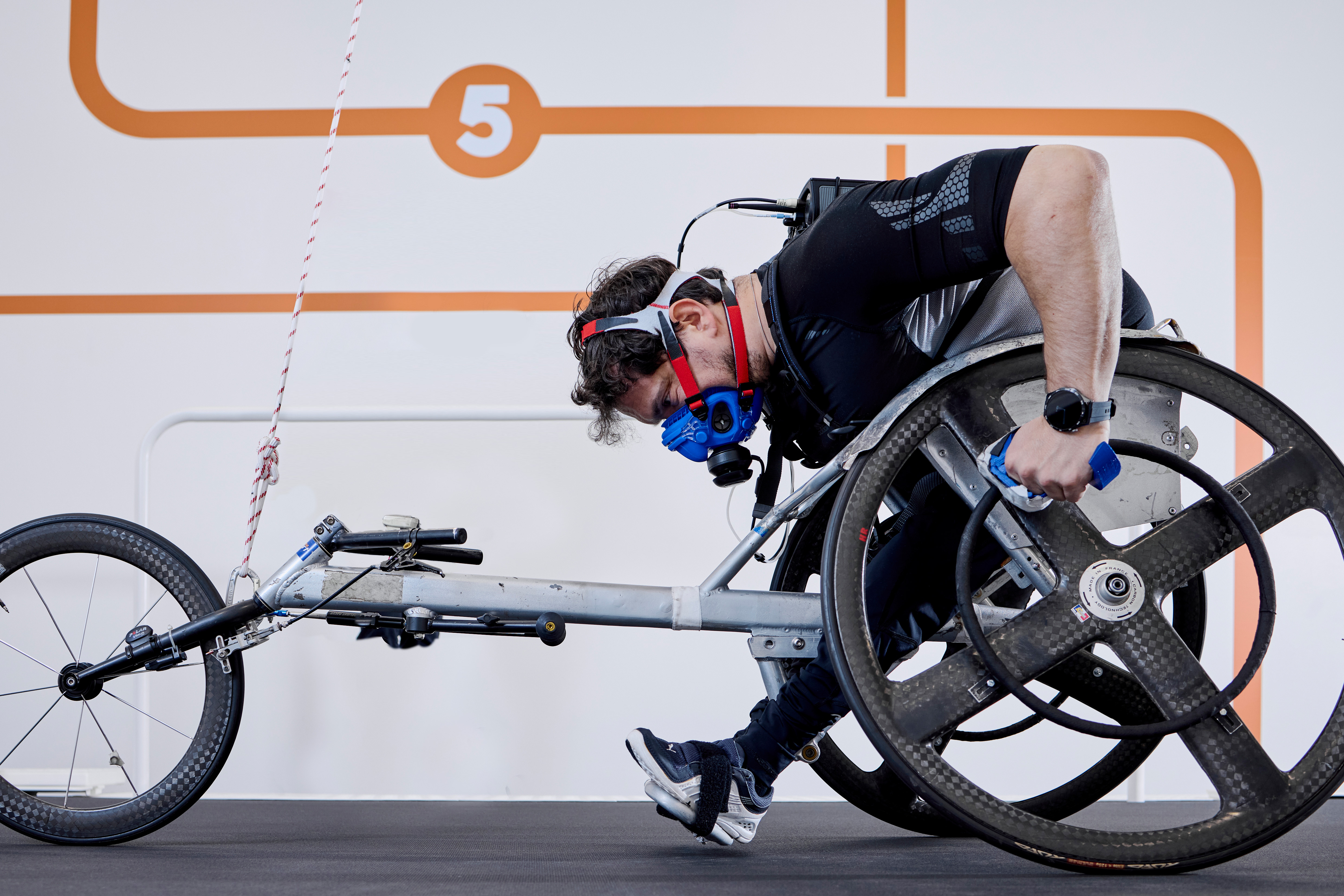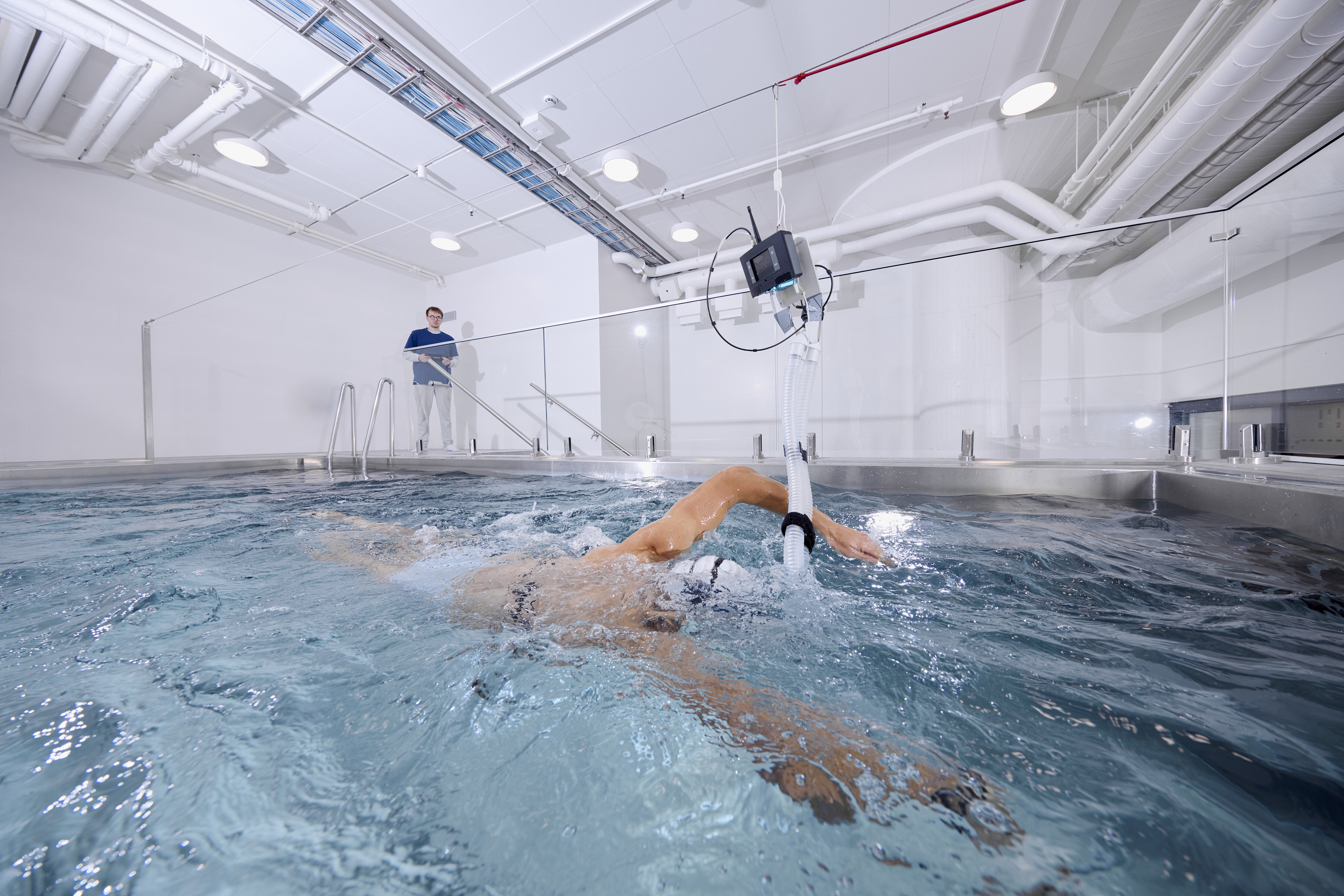Huawei’s wearables look set to get even more accurate — thanks to its new Health Lab

Tech giant Huawei just took a serious step into the health and fitness space, with the launch of its new Health Lab in Helsinki, Finland. As well as being set up to research performance metrics of more than 20 different sports, the new lab will help the brand deepen its research into its wearables’ health tracking.
We all rely on our fitness trackers for a lot more than just counting our steps — in a survey conducted by Huawei and Ipsos of over 8,000 people, 92% said they want to improve at least one aspect of their lifestyle when it comes to their health. Whether it’s drinking more water, or getting more deep sleep, fitness trackers have come a long way over the past decade, helping users gain insights into their overall health. On top of that, 50% of people surveyed said they were unhappy with their current physical fitness levels. As well as monitoring fitness, trackers have the potential to inspire people to move more and make healthier decisions.

What’s in the Finland Health Lab?
To provide better offerings for their customers, Huawei’s Health Lab will help the brand deepen its research into health monitoring technologies. The state-of-the-art lab will house a multi-functional treadmill, that can recreate conditions of various terrains — from mountains and hills to flatter planes, to better gauge how a user’s pacing changes. The treadmill, which has a top speed of 50km/h, can also accommodate roller skating, cycling, and wheelchair cycling, and has a built-in camera and integrated heart rate monitor, to help Huawei develop innovative features for its fitness trackers, such as the HUAWEI WATCH GT 4.

As well as the treadmill, the 1,000 sqm Health Lab has several high-tech testing facilities that would be at home in a sci-fi film. There are five major testing areas in total — a counter-current pool, where testers can swim without ever having to turn or stop, a ski simulator, plus multi-functional and instrumental treadmills which will help researchers gain insight into advanced running and walking gait analysis. The treadmill has a plantar pressure assessment tool, for example, that can detect vibrations that can’t be sensed by vision or touch. This can help develop tools that can help users alter their posture on the run, preventing injuries before they happen. There’s also an open gym, which is fully equipped with cardiovascular equipment.
The five different test areas can stimulate the conditions of more than 20 sports, while also tracking 200 physiological and biomechanical indicators. Researchers will use them to test and monitor the accuracy of Huawei’s wearable devices and find areas to improve and innovate. Plus, the research team behind the Health Lab includes six doctors and 20 experts from five different fields — physiology, AI, machine learning, software testing, and software engineering.

It’s clear from the move that for Huawei, just working out a user’s VO2 max isn’t enough for them — they want to develop technology that’ll change how a user moves. It’s exciting to see what’s coming next from the brand, and how this research will, in turn, help us all gain a deeper understanding of our health using Huawei’s wearables.
Get instant access to breaking news, the hottest reviews, great deals and helpful tips.
